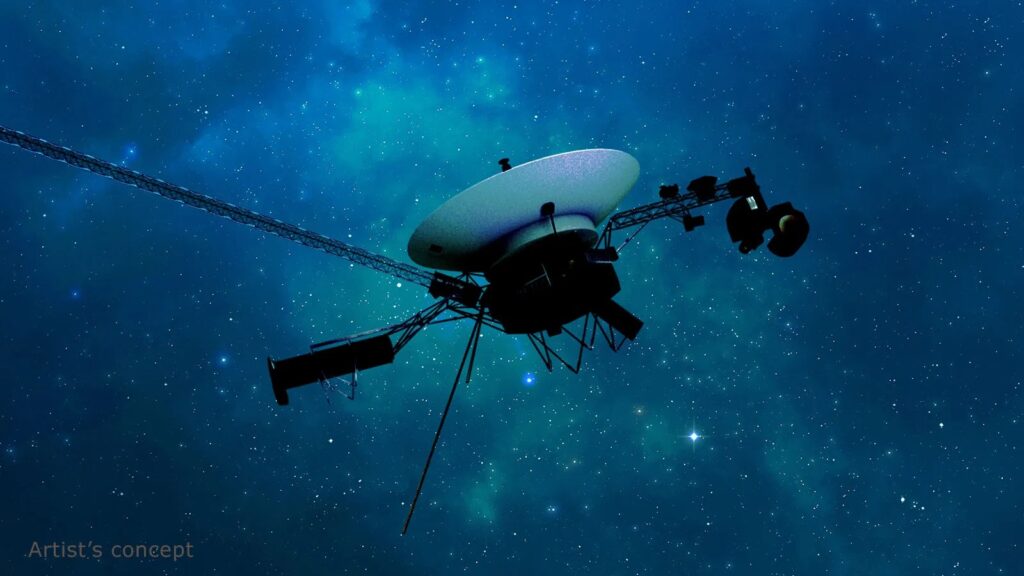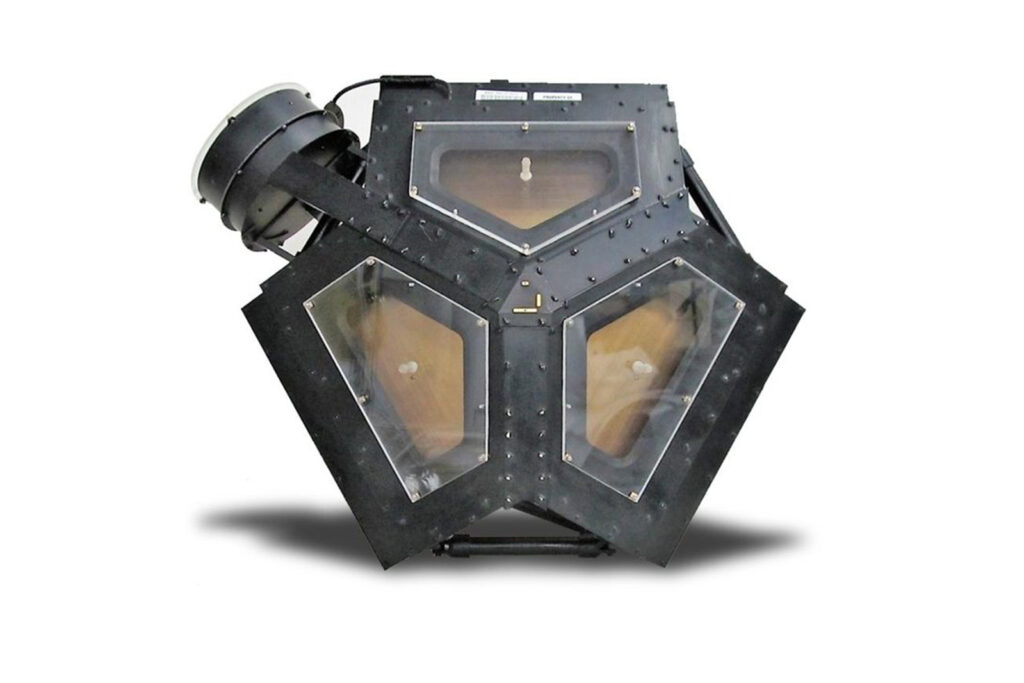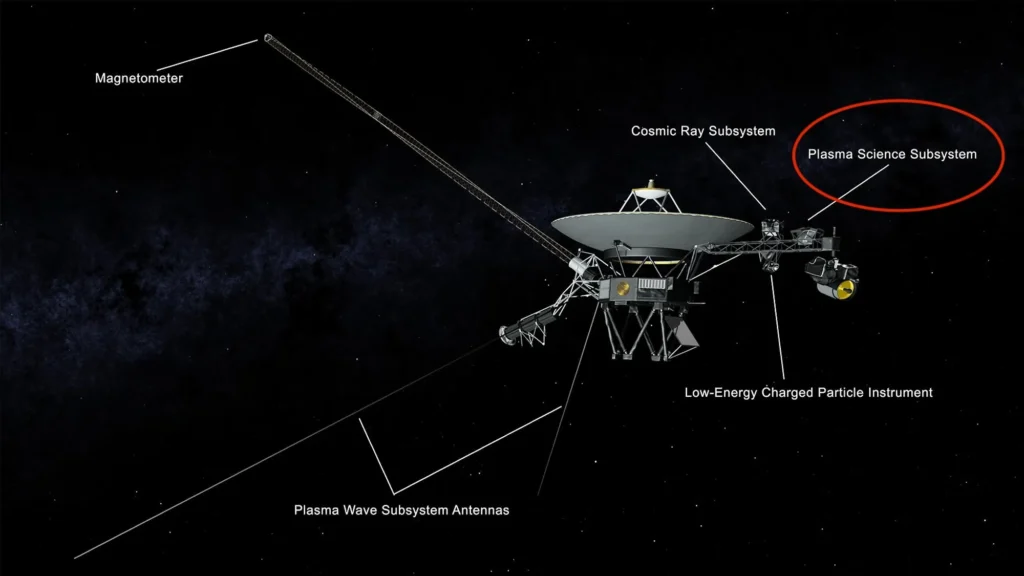NASA engineers had to turn off one of the scientific instruments of the spacecraft Voyager 2. This measure will allow it to extend the duration of its operation.
Power problems with the Voyager vehicles
A pair of Voyager vehicles were launched in 1977. They visited all four giant planets in the Solar System before leaving on an endless journey to the stars. The probes are still in touch with Earth and continue to collect some scientific data. This is possible thanks to the radioisotope thermoelectric generators (RTGs) installed on board. They generate heat from the decay of plutonium-238, which is then converted into energy.

The problem is that the amount of energy produced by the RTGs is decreasing by about 4 watts per year. This is due to plutonium decay and thermocouple degradation. Therefore, after the Voyager pair completed its exploration of the giant planets, the mission team turned off all scientific instruments that were not needed for a future interstellar mission. This provided the spacecraft with enough energy to operate for a long time, giving it unique data when Voyager left the heliosphere and entered interstellar space.
But a few years ago, the energy situation started to become critical. This forced engineers to shut down absolutely all on-board systems that were not critical, as well as some heaters. They also changed the way they monitor the voltage on Voyager 2.
However, all these measures could only delay the inevitable. On September 26, NASA engineers sent Voyager 2 a command to shut down the instrument to study plasma. It took 19 hours for the signal to reach the spacecraft, which is 20.5 billion kilometers from Earth. It took the same amount of time to receive confirmation.
Disabled instrument
The plasma instrument measured the parameters of plasma (electrically charged atoms) and determined the direction of its flow. It consists of four “cups”. Three cups point toward the Sun and observe the solar wind in the heliosphere. The fourth one points at right angles to the other three. Previously, it monitored plasma in the magnetospheres of planets, then in the heliosphere, and then in interstellar space.

In 2018, the plasma instrument played a crucial role in confirming that Voyager 2 had entered interstellar space. Inside the heliosphere, solar wind particles flow outward, away from the star. In turn, the heliosphere itself moves through interstellar space. Therefore, when Voyager 2 left it, it recorded that the plasma was flowing almost in the opposite direction of the solar particles.
When Voyager 2 left the heliosphere, the flow of plasma into the three cups facing the Sun decreased dramatically. The most useful data from the fourth cup comes only once every three months, when the spacecraft makes a scheduled 360-degree rotation around an axis pointing toward the Sun. This was the reason for the mission’s decision to shut down this instrument before others.

Now four working instruments remain on board Voyager 2 — a plasma wave receiver, a magnetometer, a cosmic ray detector and a low energy charged particle instrument. The same instruments are still functioning aboard its counterpart. Mission engineers hope that they will be able to keep at least one of Voyager’s scientific instruments working until the early 2030s.
We previously covered how NASA engineers switched Voyager 1 to spare engines.
According to NASA


